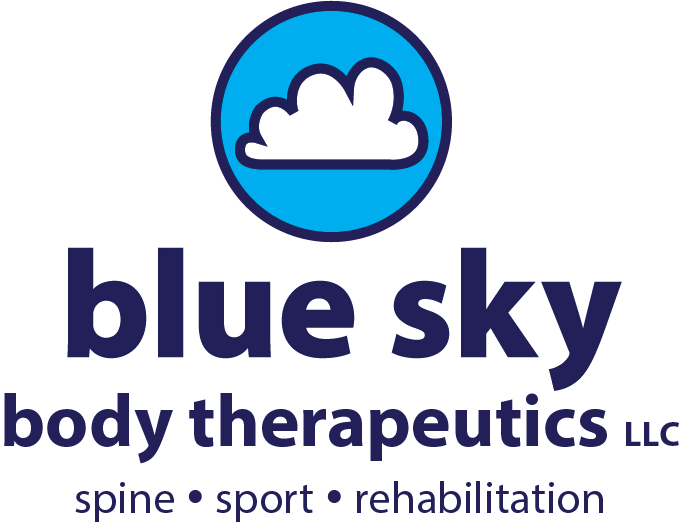Five Reasons Your Low Back Hurts (Part 4)
Your Hips Don't Hinge
As in the earlier example of the mid back (see Part 2), if motion is lacking somewhere else (mid back, hips) your low back has to take up the slack.
In this example, most of the forward flexion is coming from the hips. The back isn't overworking. Happy back.
In this example, much of the forward flexion is coming from the low back. Not so happy back.
How do you know if your hips are limited in the saggital plane (flexion)(bending forward)?
As part of the initial assessment and functional movement screen, I test every new patient on their "hip hinge". Even if they don’t have back pain, I want to make sure they are moving properly so that they aren’t putting stress on their low back. Fixing this one movement can be life-changing for a patient in pain, and highly preventative for folks that have poor movement patterns. If someone has a limited hip hinge, then addressing the issue before their back starts complaining saves a lot of discomfort later on.
You can easily do this test on yourself at home.
Using a broom handle, dowel, (or Louisville Slugger), place it behind your back maintaining contact at both your head and your sacrum (butt bone). Bend forward, maintaining contact at both points. You should be able to bend forward about 90 degrees, while maintaining contact at both points.
If you can bend forward to 90 degrees maintaining contact at both points then congratulations! You have good mobility in your hips in the saggital plane.
However, before you start patting yourself on the back, double check that you are not using this common “cheat” to maintain contact.
Um yeah, nice try... fingers are still maintaining contact, but the stick is not.
If you lose contact at your sacrum, you are putting too much flexion into your back every time you bend forward to tie your shoes, pick something up off the floor, or lean forward to look at your computer. For folks with a flexion-intolerant spine, this is going to cause pain.
The first key to rehab is figuring out what movements are hurting the patient, and then remove / modify those movements. Otherwise, it is like constantly picking a scab, and the area will be slow to heal.
I can work miracles in the office with adjusting and soft tissue work, but if you then go back to a poor movement pattern the area will continue to be irritated, and your symptoms will come back over and over again. Not so miraculous.
This is where “active care” comes in. I can give you the tools to put your body in a position to start to heal itself. The “passive care” of adjusting and soft tissue work is necessary and feels amazing, but the “active care” is what transitions you to long-term relief. The brain learns through movement, and learning pain-free ways of moving is a critical part of healing.
When should I used the Hip Hinge?
All the time! When squatting, when stretching your hamstrings, when moving from sitting to standing, when leaning forward to look at your computer.
Bending forward / Squatting:
Use the "Squat Lift", not the "Stoop(id) Lift". Notice the nice hip hinge in the squat lift.
Stretching your hamstrings:
Please…for the love of whatever you hold dear…do NOT stretch your hamstrings with a flexed back. It breaks my heart to see this. When you bend forward with a flexed back you are not stretching your hamstrings, you are stretching your back. This is not good for your back, and not a productive stretch for your hamstrings.
NO... (photo credit: Devon Redmon)
YESSS... (photo credit: Devon Redmon)
And, as a side note, if your hamstrings are chronically “tight” please come see me, because there may be a reason those hammies won’t chill out (inhibited glutes, a stability issue in the intrinsic core, pelvic posture, etc.).
Sitting to standing:
Many folks with back problems report that the most painful movement for them is transitioning from seated to standing. When I hand them the dowel, and have them practice sit to stand with a neutral spine a big smile spreads over their face. No pain! How is that possible? When you are moving well all things are possible…
Leaning forward at work:
It is possible to move in closer to your work without slouching. Hinge forward instead, this keeps your back neutral. Do not be these people:
Imagine how happy your low back would be if you would hip hinge forward instead of slouching into your work. Pretty happy.
P.S. I love this artwork of a kettlebell swing. And, it's an excellent illustration of a hip hinge. One of the many things I love about kettlebells is that they give immediate feedback if your form isn't perfect. It keeps you honest! I work with kettlebells in the office, and often refer patients to kettlebell trainers once they are moving well so that they can strengthen their improved movement patterns.















